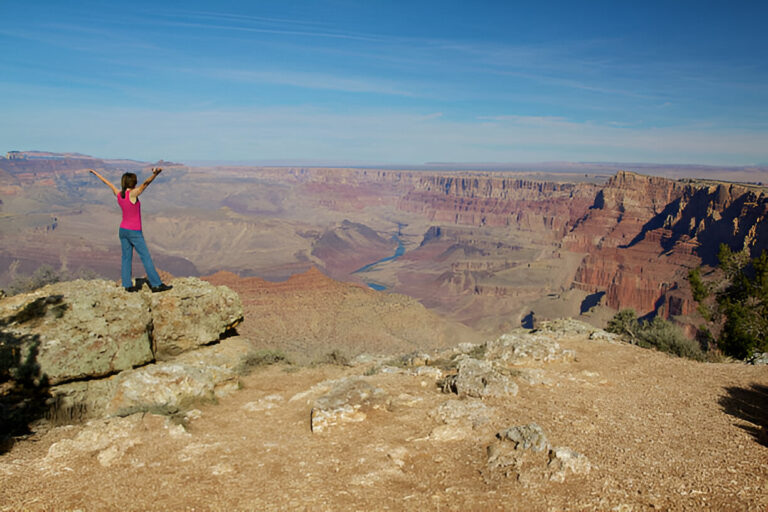The Grand Canyon draws millions with its striking cliffs, deep valleys, and layered rocks that stretch beyond the horizon. Its vastness captivates visitors from all walks of life, offering views that seem to change with every passing moment of daylight. The landscape speaks volumes through its silent beauty, revealing stories of time and transformation in every ridge and plateau.
An airplane tour of the Grand Canyon offers a distinct way to witness the scenery from above. The aerial view reveals areas not visible from popular lookouts, presenting a complete picture of the canyon’s grand scale. Viewing it from the sky offers clarity in its shapes, paths, and colors that unfold effortlessly across miles of terrain.
See More Than the Eye Can Reach
From the ground, only sections of the Grand Canyon can be observed at once. In the air, the scenery stretches wider, giving room to fully absorb the twists, shadows, and elevations that define the canyon’s natural structure. The height makes it easier to appreciate how the land flows and dips in a way that’s not possible from lower angles.
Flight paths often cross through various parts of the canyon, offering glimpses of areas rarely seen. Forested edges, steep walls, and distant river bends become part of the visual journey, turning each moment into a discovery. These changing views highlight the diverse terrain that defines the canyon’s unique character.
Photograph the Canyon’s Natural Layers
Light interacts differently with the canyon, depending on the time of day. Shadows stretch across the ridges during the morning hours, while the sun’s descent brings a warm glow to the rocks. Capturing these changes from above adds a new layer of detail to each photograph.
Aerial views allow for balanced shots of the Grand Canyon’s vast terrain. Angles become more dynamic, and the sheer depth of the place comes through clearly. Many travelers bring back photographs that tell the story in vivid, memorable frames.
Explore Hidden Spaces and Wide Horizons
Some parts of the Grand Canyon remain untouched and unseen from marked trails or drives. From above, these areas appear in full view, displaying rock formations and narrow paths far from visitor centers or guided tours. A few remarkable features visible only from the sky include:
- Sharp-edged plateaus rising in contrast to the softer slopes
- Deep curves of the river snake through remote corners
- Small rock bridges and natural arches tucked in steep walls
Spend Less Time, See More
Travelers sometimes have limited hours during their visit to the Grand Canyon. Seeing it from the air offers a way to take in wide regions without needing to cover long ground routes. A short flight opens up views of both the North and South Rim in one smooth route.
Flying offers a steady pace and uninterrupted observation, making every moment efficient. This suits travelers who want to experience the full stretch of the place in a condensed timeframe. Each scene flows smoothly into the next, creating a continuous view of the canyon’s vast and varied landscape.
Plan Ahead with Trusted Local Experiences
Planning a visit to the Grand Canyon can be more rewarding with the right guidance. Choosing services offered by experienced local tour operators ensures smoother access to scenic routes and unforgettable viewpoints. Many of these providers are based in the region and know how to enhance the experience without overwhelming travelers with too many options.
Visitors looking to explore beyond standard stops often benefit from guided experiences that include air tours, off-road routes, and thoughtful itineraries. Booking through a regional source adds a personal touch, often rooted in knowledge of the land and its lesser-known highlights.
An airplane tour of the Grand Canyon shows what makes this place unlike any other. Every turn reveals another angle, another color, another cliff. The journey through the sky creates a moment that stays in memory, offering something rare. For anyone seeking a meaningful travel experience, this tourist spot, seen from above, holds a place that stands apart.


